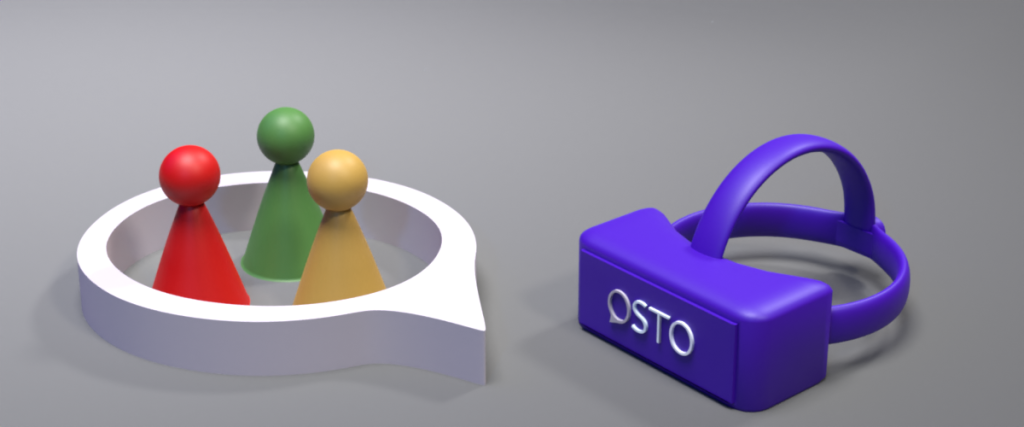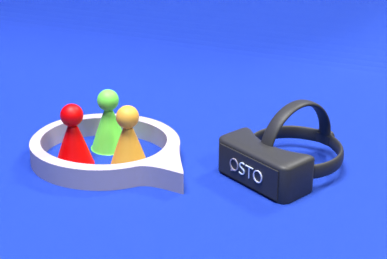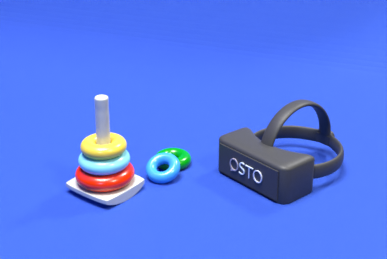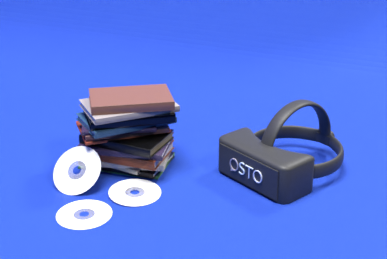community around language and cultural learning

Create a community around language and cultural learning
Creating a community around language and cultural learning can enhance the effectiveness of VR language learning.
A community can provide learners with a platform to interact with peers and native speakers of the language they are learning. This can help learners to practice their language skills in a more authentic and natural setting.
Using VR to create a virtual community can provide learners with opportunities to interact with people from different parts of the world, allowing them to experience different cultures and customs in a more immersive way. This can also help learners to develop a deeper appreciation for the language and culture they are learning.
Moreover, a virtual community can provide learners with access to resources and support from other learners and teachers. This can help learners to overcome challenges and stay motivated throughout their language learning journey. Additionally, a community can provide learners with opportunities to collaborate on projects and practice their language skills in a more meaningful way.
Overall, creating a community around language and cultural learning in VR can enhance the effectiveness of language learning by providing learners with a more immersive and authentic learning experience, access to resources and support, and opportunities to interact with people from different cultures.
Looking for a way to get your language skills up and running? Look no further than the Osto VLearning foreign languages using VR technology! This platform is made for people who want to become more fluent in their language of choice. With hundreds of classes available, you can explore different ways to improve your language skills. Plus, with the ability to connect to the metaverse in the near future, you’ll never have to miss a thing! Get started today with the first class!
A community can provide learners with a platform to interact with peers and native speakers of the language they are learning. This can help learners to practice their language skills in a more authentic and natural setting.
Using VR to create a virtual community can provide learners with opportunities to interact with people from different parts of the world, allowing them to experience different cultures and customs in a more immersive way. This can also help learners to develop a deeper appreciation for the language and culture they are learning.
Moreover, a virtual community can provide learners with access to resources and support from other learners and teachers. This can help learners to overcome challenges and stay motivated throughout their language learning journey. Additionally, a community can provide learners with opportunities to collaborate on projects and practice their language skills in a more meaningful way.
Overall, creating a community around language and cultural learning in VR can enhance the effectiveness of language learning by providing learners with a more immersive and authentic learning experience, access to resources and support, and opportunities to interact with people from different cultures.
Looking for a way to get your language skills up and running? Look no further than the Osto VLearning foreign languages using VR technology! This platform is made for people who want to become more fluent in their language of choice. With hundreds of classes available, you can explore different ways to improve your language skills. Plus, with the ability to connect to the metaverse in the near future, you’ll never have to miss a thing! Get started today with the first class!




